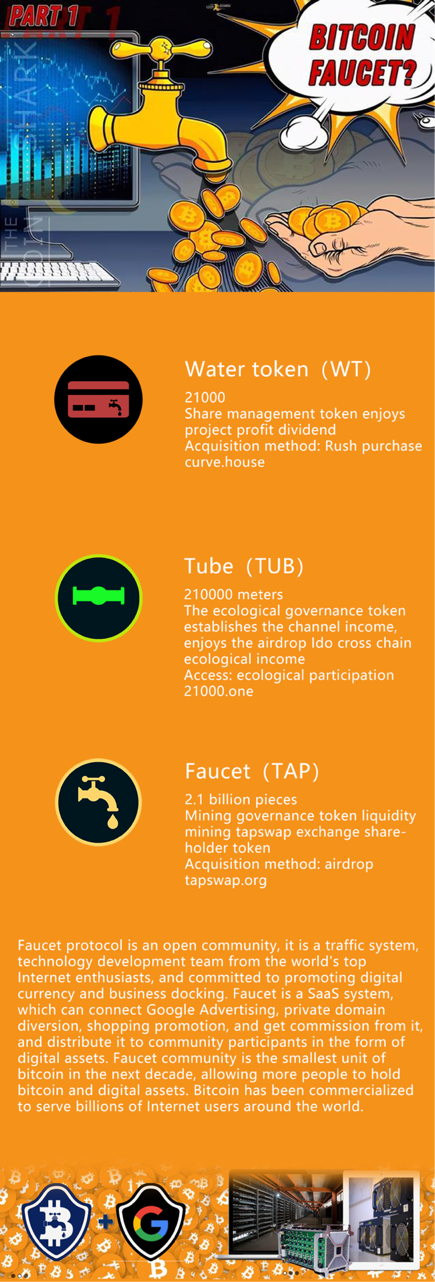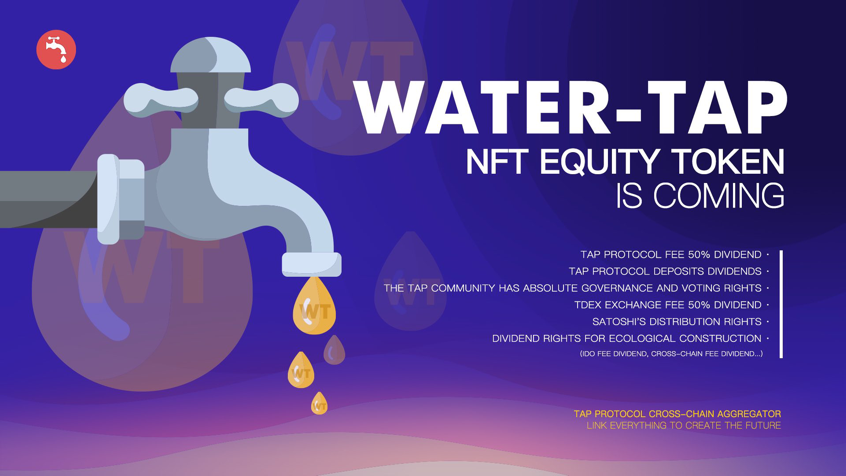The bear wakes up in the spring after hibernation. Since the second quarter, most assets in the crypto market have fallen to varying degrees. But at the same time, the development of decentralized finance (DeFi), Ethereum and Bitcoin continues.

Looking back at the development of DeFi, it can be traced back to MakerDAO, which was established in 2014. This is a DeFi project built on Ethereum that focuses on mortgage lending. It is also a star project that is generally believed to have opened the door to DeFi in the industry. With the introduction and application of “Liquidity Mining” and “Yield Farming”, DeFi has gradually received widespread attention from the crypto community due to its stable and low-risk high-revenue performance.
What really ignites DeFi is Compound, which starts in 2020. Compound released its own governance token COMP and launched the concept of Staking to become the most important promoter of DeFi, leading the liquidity mining boom in the market. In the meantime, we also witnessed the historical moment of how Year Finance’s governance token YFI became the first crypto asset ever to exceed the price of Bitcoin.
Looking back at this year, the total lock-up volume (TVL) of DeFi has increased by a maximum of 58 times. With the development of the DeFi ecosystem, the peak value of DeFi transaction users is 850,000/day, which is an increase of nearly 140 times compared to a year ago. The rapidly emerging Uniswap, SushiSwap and other more diverse liquid mining DEXs provide a rich trading platform for DeFi players. From the perspective of transaction volume data, there is a tendency to catch up with CEX. Gas Price, which marks the price of the Ethereum network, has increased significantly at the same time, from a single-digit Gwei level to a level of tens of Gwei.
After the outbreak of the DeFi ecosystem in the second quarter, it has once again returned to its low ebb. Whether it is from the changes in the gas price of ETH or the price of DeFi tokens, it seems to announce that the DeFi ecosystem has a bottleneck. What happened to DeFi?
The fast-developing DeFi ecosystem has many problems
1. Lack of liquidity leads to slippage
Slippage is the change in asset prices during the transaction. Price slippage is based on the amount of trading assets and available liquidity to predict and anticipate price declines. The more assets traded, the higher the expected slippage. Slippage is not a new concept, but a problem that exists in traditional trading markets. When the user is in the DEX exchange, the difference between the expected transaction price and the actual transaction price forms a slippage. Investigate the reason, the root cause of slippage is insufficient liquidity of the exchanged items, resulting in insufficient handicap depth. Although the constant sum and constant product market maker mechanisms are emerging one after another, almost all DEXs have liquidity requirements.
2.Poor sustainability
The rapid growth of the DeFi market is inseparable from the generally high yield of projects in its ecosystem. Where does the high yield in the DeFi ecosystem come from? Many projects are not prepared for the exhaustion of incentives, and most projects use subsidies to reduce the cost of actions to incentivize actions. This approach can achieve rapid growth in the short-term, but lacks sustainability in the long-term, and many DeFi projects are also unsustainable.
3. Serious involution
When DeFi enters the second half, there are few major innovations in the current DeFi market projects. Everyone is fighting for the limited TVL and doing everything. Wherever there is traffic, a corresponding “patch” is added to the product, depositing coins and earning interest, twice Financing and so on. Many projects start to involve inside, and it depends on who involve quickly and thoroughly. At the same time, it caused insufficient user stickiness and bottlenecks in the growth of DeFi.
How to break through the DeFi bottleneck?
Carefully analyze the current problems of DeFi. According to the current volume of DeFi, if the transaction mechanism can be improved and the cost of users in DeFi can be effectively reduced; in terms of promotion and incentives, a complete and self-promoting incentive mechanism can be established through smart contracts. A good solution to the current bottleneck problem of DeFi. The Water-Tap Contract brings us some new ideas.

The Water-Tap Contract was initiated by many Bitcoin miners around the world, and jointly with the Gavin Andresen blockchain development team, and the Stanford University Blockchain Research Center, ACA: American Cryptography Association, Oxford University Blockchain Research Center, New York Artificial Intelligence (AI) Co-developed with the Quantum Information Technology R&D Center, etc., and is committed to building a DeFi international comprehensive digital aggregation platform with cross-chain transactions, decentralized exchanges, decentralized mining pools, and digital consumption.
The Water-Tap Contract combines the AMM market maker mechanism and the liquidity pool. The advantage of using this solution is that it can continuously improve the liquidity of the tokens. At the same time, The Water-Tap Contract sets up a fund pool and a countdown timer with a limit of 24 hours. The whole process is automatically executed by the smart contract. When the threshold is triggered, the fund pool mining starts, and all mining will be completed within 24 hours of the countdown. In this system, early entrants have a higher advantage than later entrants. Players will also be more enthusiastic in completing mission upgrades and gaining greater benefits. TUB cannot be issued more, and the destruction model will inevitably bring about an extremely deflationary market model in the future, which also makes the profits of early players higher than most of the latter.

“Fomo+Socks=DeFi3.0” The commercial exploration of the Water-Tap Contract-Cross-Chain Aggregator in DeFi may indicate the direction for the opening of the second half of DeFi.